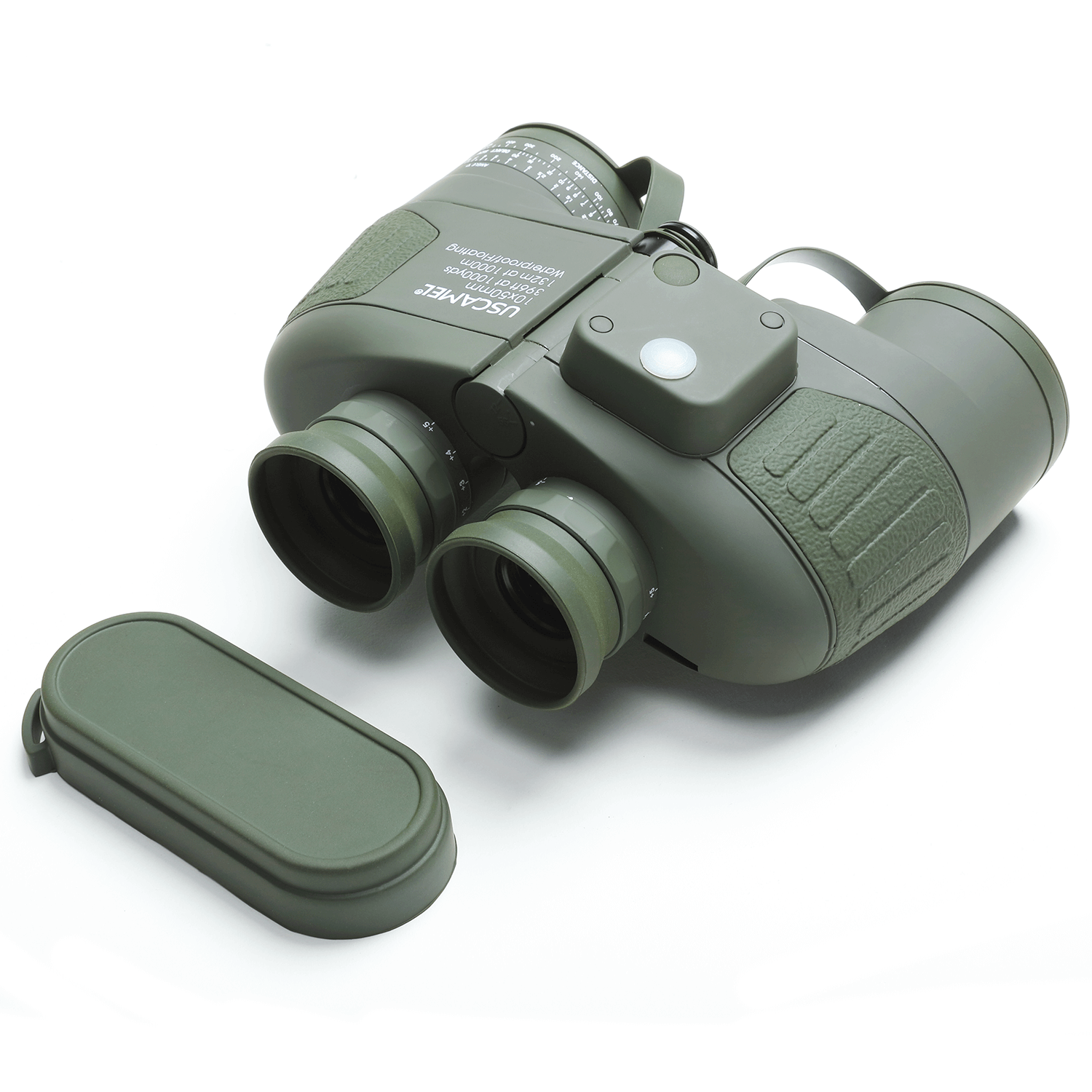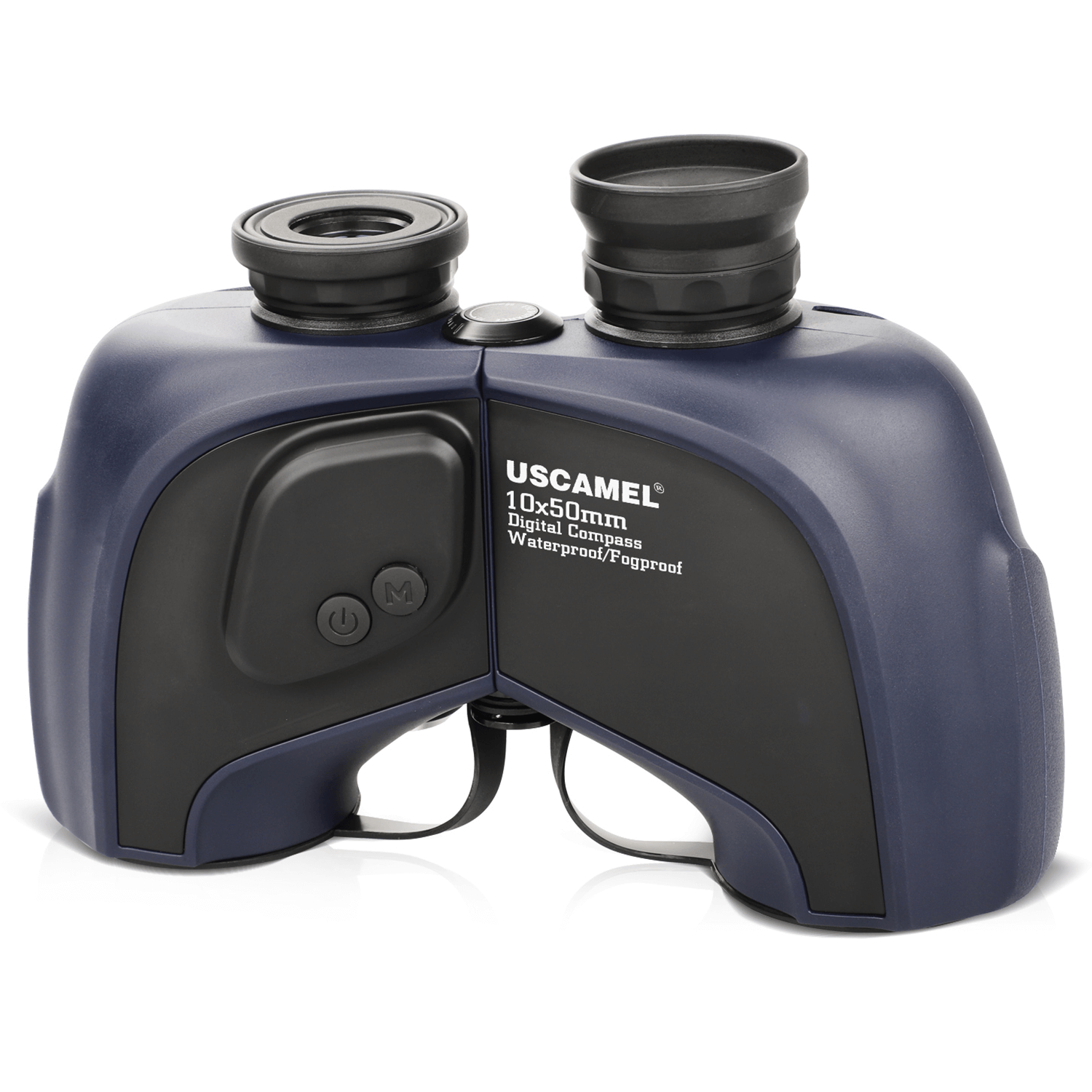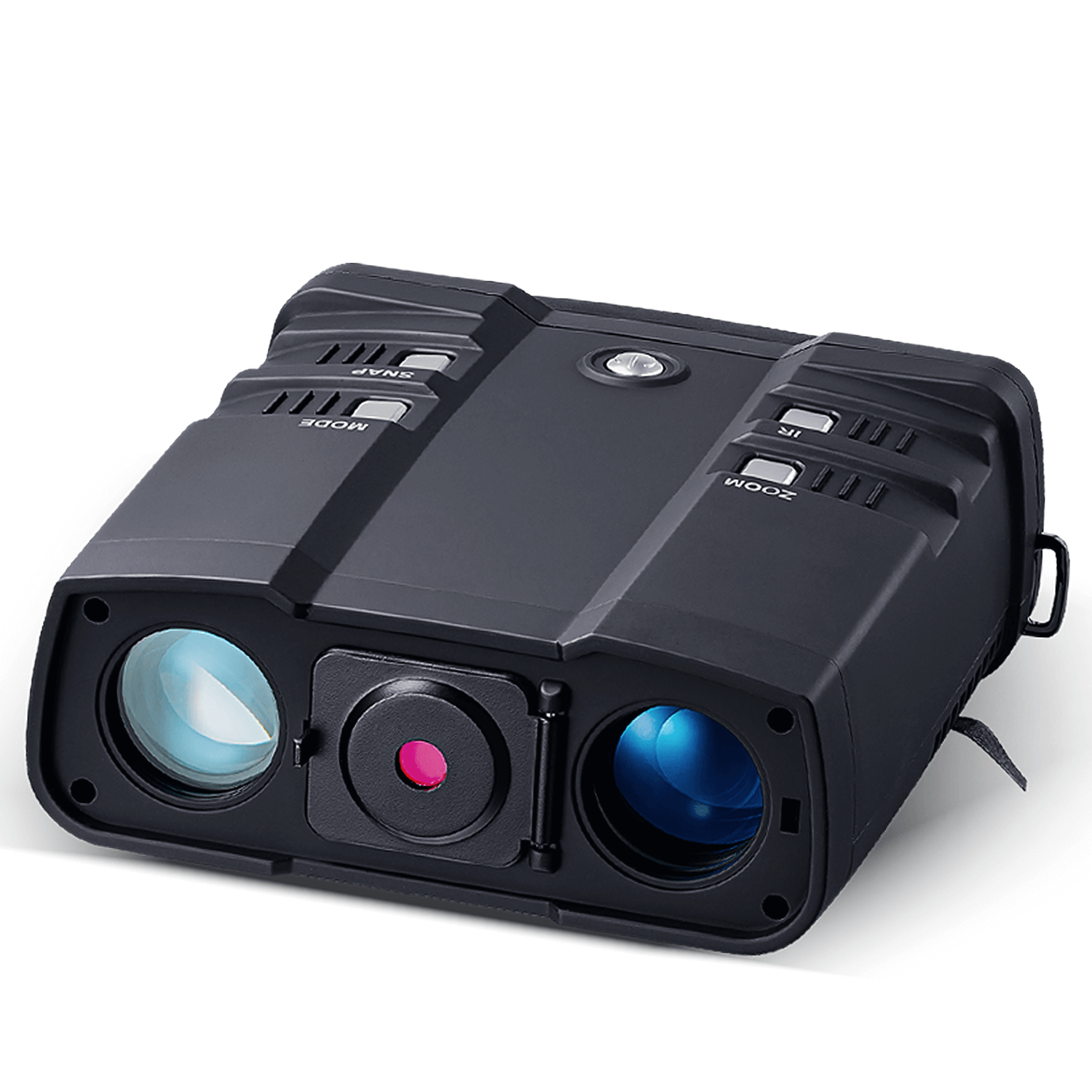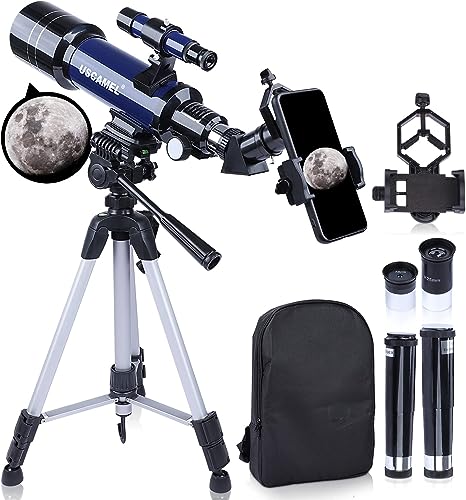Purchasing your first telescope can be a significant milestone, especially if you're not familiar with the jargon. To help you understand what features to consider when selecting a high-quality telescope, we've compiled a list of the most frequently asked questions. By reviewing these questions, you'll gain a better understanding of "How to buy a telescope."
-
What is the purpose of a telescope?
A telescope collects light, allowing you to observe objects that are much fainter than what you can see with your naked eye. As Italian astronomer Galileo Galilei said, telescopes "reveal the invisible." -
Will my telescope come complete or will I need additional items?
Most telescopes come as complete systems, ready to use right out of the box. However, some models are sold as "optical-tube assembly only," which means you'll only be buying the optics and not the tripod or any accessories. -
What should I do first if I'm interested in observing?
Start by learning about the different types of telescopes available, as well as the best accessories to use with them. A good starting point is to read astronomy publications, which offer a wide range of options. You can also visit astronomy websites to read telescope reviews, learn from experienced observers, and get a feel for the mechanical quality, ease of use, and extra features. -
Should I buy binoculars before getting a telescope?
No, binoculars won't provide the view you expect, especially in or near cities. However, they are valuable accessories for observing star clusters, the Milky Way, meteor trails, and the Moon at a dark site. -
Why do objects in my telescope appear upside-down?
The way a telescope focuses light causes the top of the object to appear at the bottom as it enters the eyepiece, and vice versa. An accessory called an "image erector" can flip the image, but you'll lose some of the object's light. For faint sky objects, it's important to maximize the amount of light that reaches your eye. Besides, there's no up or down in space, and with most objects, you won't even notice that they're upside-down. -
Can I use my telescope for observing earthly objects?
Absolutely! Many nighttime observers also use their telescopes for bird-watching or other daytime nature-watching activities. -
Is there a way for me to "test-drive" a telescope?
Yes, look for an astronomy club in your area and attend one of their meetings. There, you can connect with hobbyists who are willing to share information and views through their telescopes. At the club's stargazing sessions, you'll have the opportunity to look through many different telescopes in a short period and ask all the questions you like. -
Apart from quality optics, what's the most important thing in a telescope system?
The mount is critical. You can have the best optics in the world, but if you put them on a low-quality mount, you'll be disappointed with your system. No telescope can function in high winds, but a poor mount will transfer vibrations even in a light breeze. So, be sure to use a high-quality mount for your scope. -
Is a "go-to" scope better than one without go-to?
Yes. A go-to telescope has a motor or motors controlled by a built-in computer, making it easy to select and track sky objects. Even experienced observers prefer go-to scopes because they leave more time to observe the sky. -
Does my telescope need electricity to be used outdoors?
Only if it has a motorized drive. In most cases, telescope drives use direct current, so you can use batteries, including the one in your car. Adapters available from the manufacturer will let you plug your scope into an electrical outlet. -
What's the best telescope for me?
The best telescope is the one you'll use the most. If it takes an hour to set up a scope, or if your scope is large, heavy, and difficult to move, you might observe only a handful of times each year. If, on the other hand, your scope is quick to set up, you may use it several times each week. A small telescope that's used alot beats a big scope collecting dust in acloset every time. -
What are the different types of telescopes available?
There are three main types of telescopes: refractors, reflectors, and catadioptrics. Refracting telescopes use lenses to collect and focus light, while reflecting telescopes use mirrors. Catadioptric telescopes use both lenses and mirrors to form an image. Each type has its own advantages and disadvantages, so it's important to research and consider which type best fits your needs and budget. -
What accessories should I consider for my telescope?
There are many accessories that can enhance your viewing experience, such as eyepieces, filters, finderscopes, and more. Eyepieces come in different focal lengths and can change the magnification of your telescope. Filters can improve contrast and reduce glare when observing bright objects like the Moon or planets. Finderscopes help you locate objects in the sky more easily. Additionally, a sturdy tripod and mount can make a big difference in stability and ease of use. -
Can I take pictures through my telescope?
Yes, it's possible to take photographs through a telescope using a camera attached to the eyepiece or the telescope itself. This technique is called afocal photography or prime focus photography, depending on the method used. For more advanced astrophotography, additional equipment like tracking mounts, autoguiders, and specialized cameras may be needed. -
How do I maintain and care for my telescope?
To keep your telescope in good working condition, it's important to store it in a dry and clean place and protect it from dust, humidity, and extreme temperatures. Regularly clean the optics with a specialized cleaning solution and a microfiber cloth. Check the alignment of the optics and collimation regularly to ensure clear and sharp images. When not in use, cover the telescope with a protective cover to prevent dust from settling on the optics. -
Can I observe the Sun through my telescope?
Yes, it's possible to observe the Sun through a telescope using specialized solar filters. However, it's crucial to use the right type of filter to avoid damaging your eyes or your equipment. Never observe the Sun directly through your telescope or binoculars without the appropriate filters, as this can cause permanent eye damage or blindness. -
What can I expect to see through my telescope?
The objects you can observe through a telescope depend on the telescope's aperture, magnification, and the sky conditions. With a small telescope, you can see the Moon, planets like Jupiter and Saturn, star clusters, and brighter nebulae. With a larger telescope, you can observe fainter objects like galaxies, globular clusters, and planetary nebulae. It's important to manage your expectations and understand that some objects may appear less impressive than in photographs or illustrations. -
What should I do if I'm having trouble using my telescope?
If you're having difficulty using your telescope, it's a good idea to consult the user manual and instructional videos. Check the alignment and collimation of the optics, and make sure the mount and tripod are stable. If you're still having trouble, consider contacting the manufacturer's technical support or joining an astronomy club where experienced observers can help you troubleshoot and improve your observing skills. -
How can I find a good observing location?
The quality of your observing location can significantly affect your viewing experience. Look for a location away from city lights, with clear and dark skies and a wide view of the horizon. Parks, rural areas, or mountainous regions can be good options. Check local regulations and safety guidelines before choosing a spot, and be respectful of the environment and others around you.




